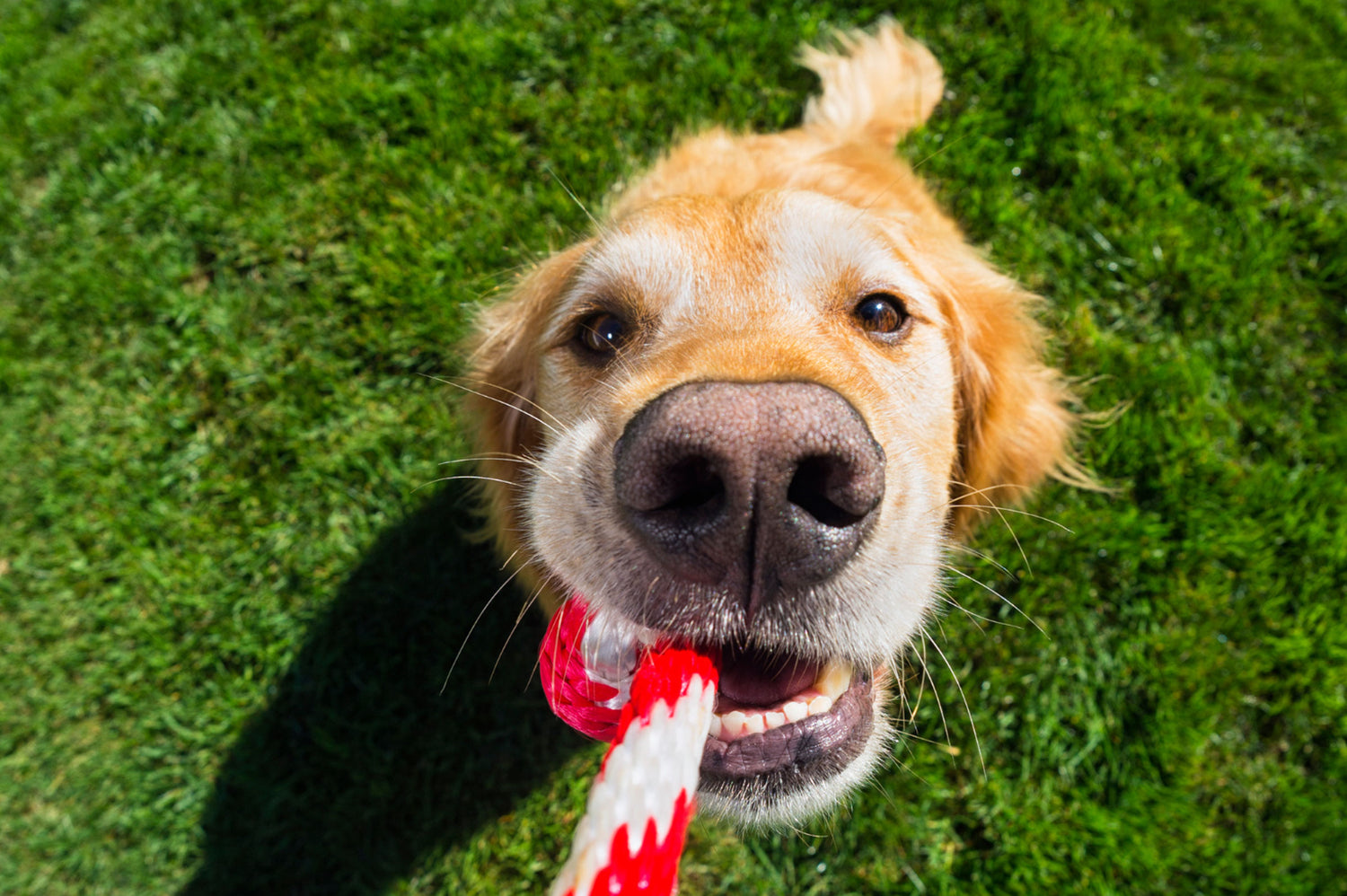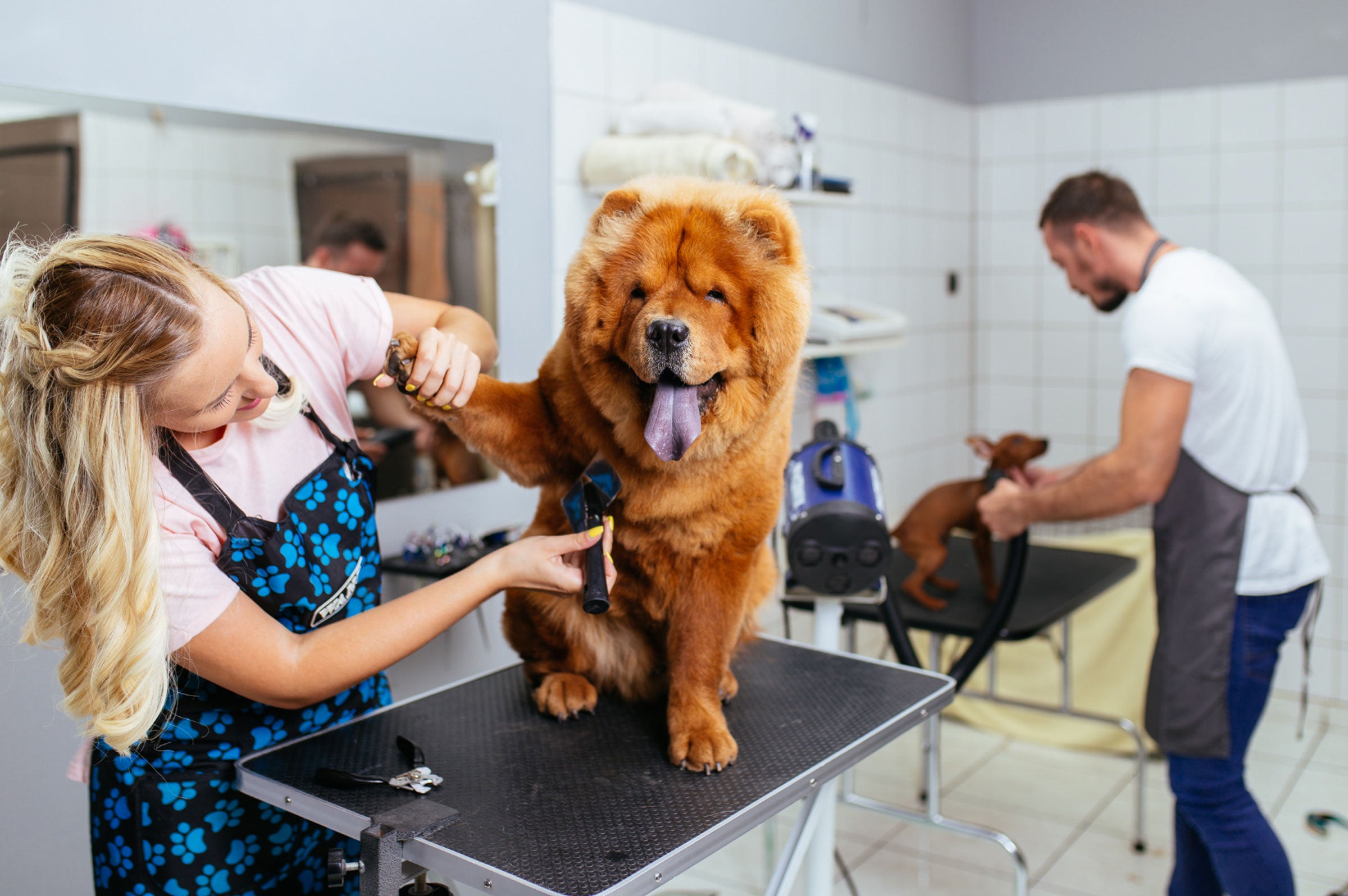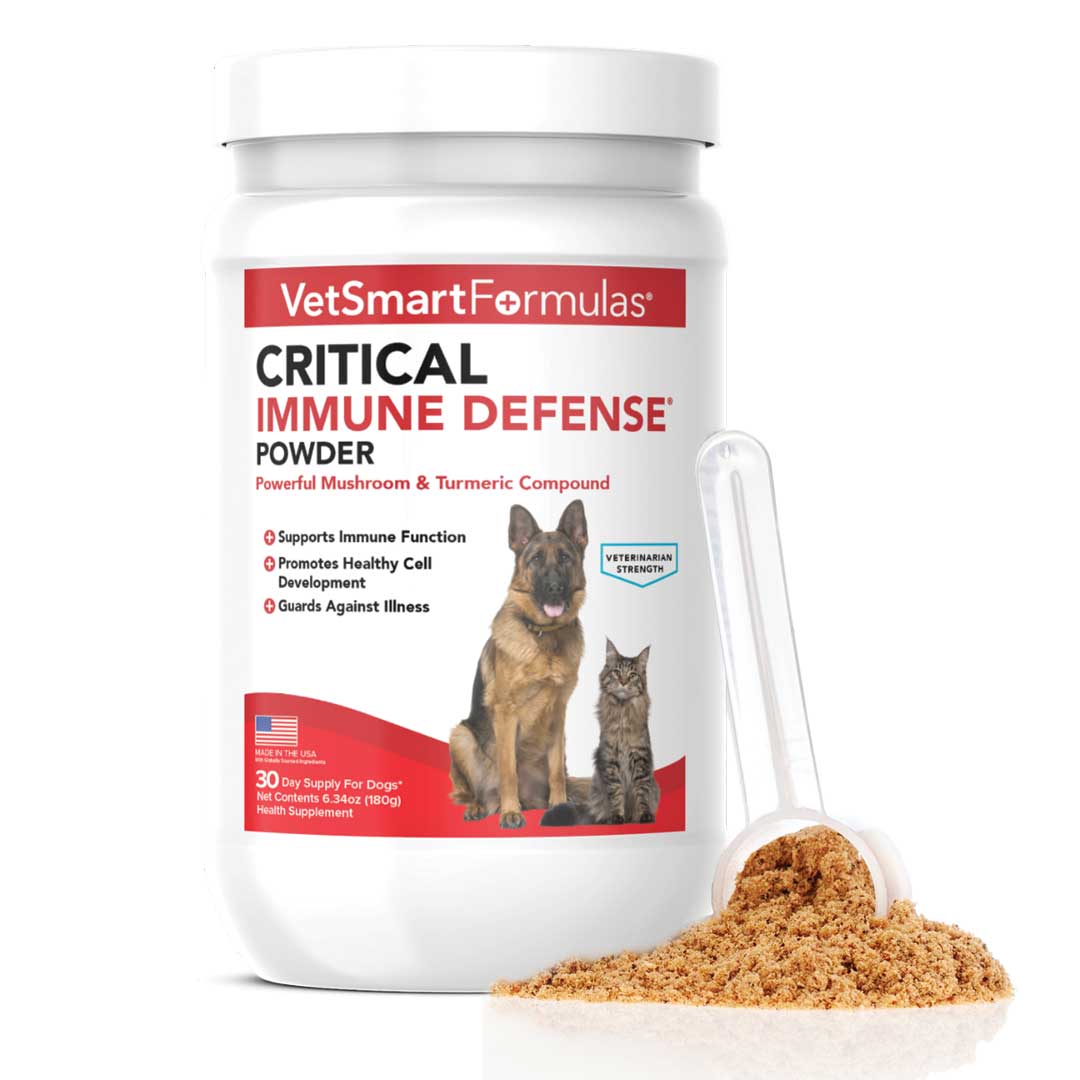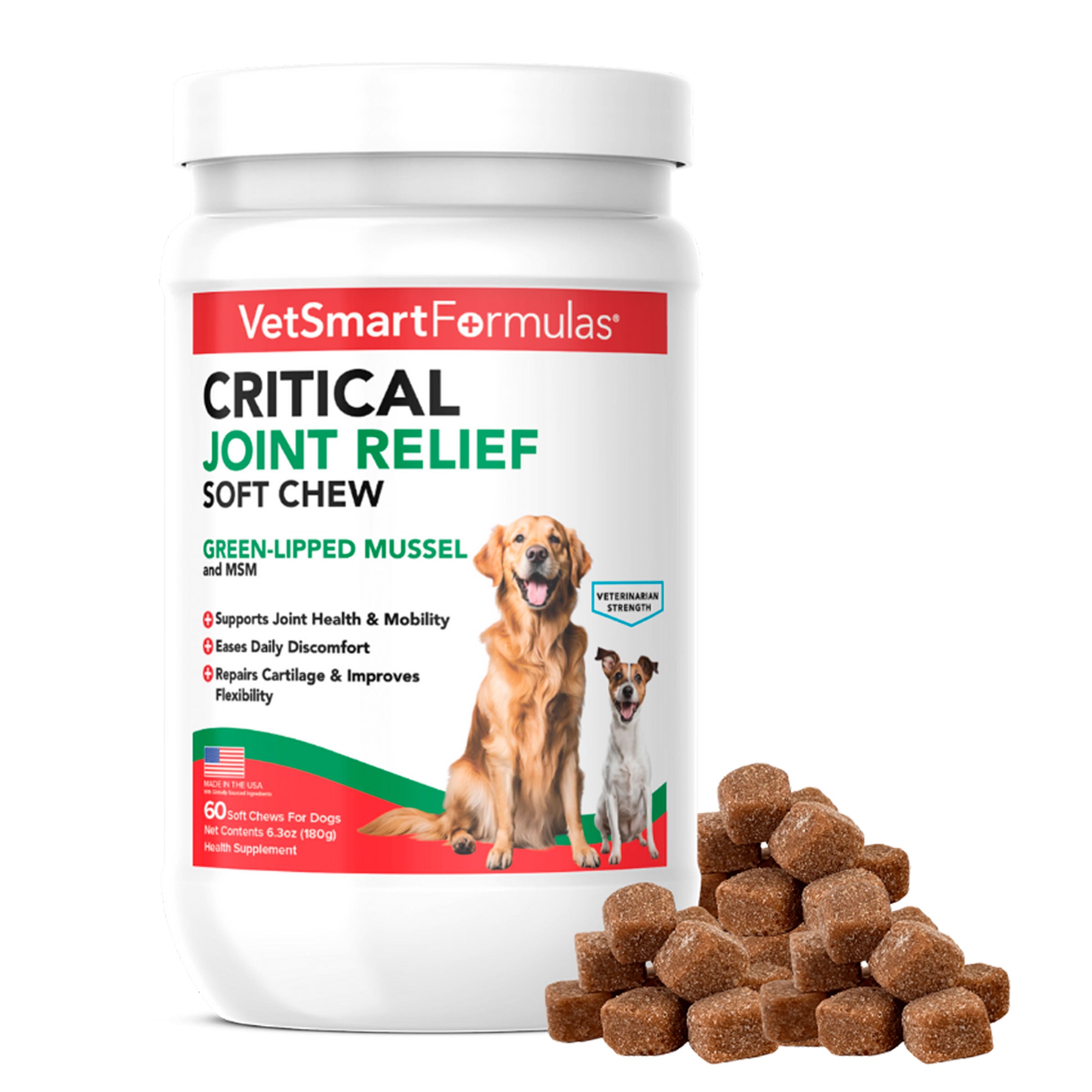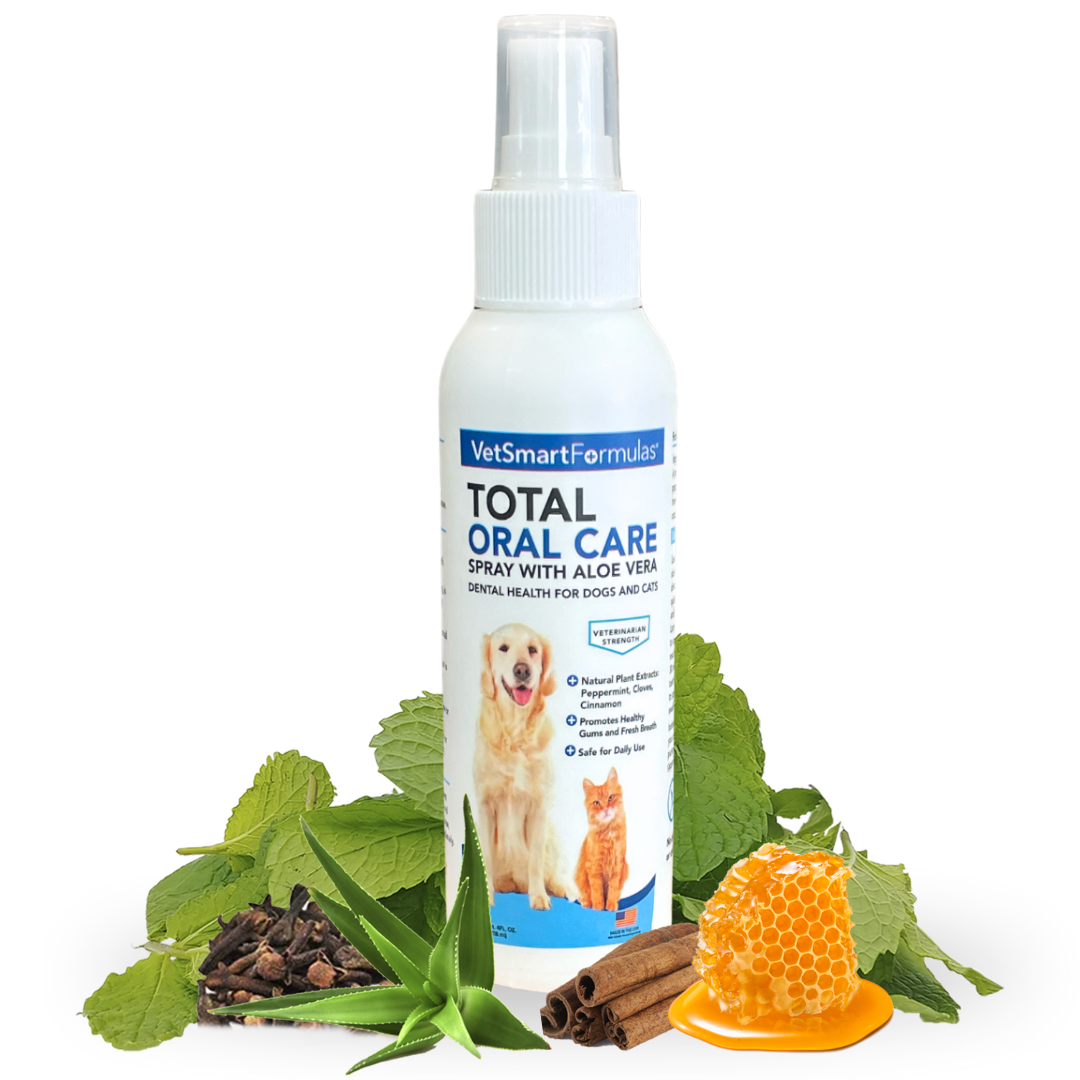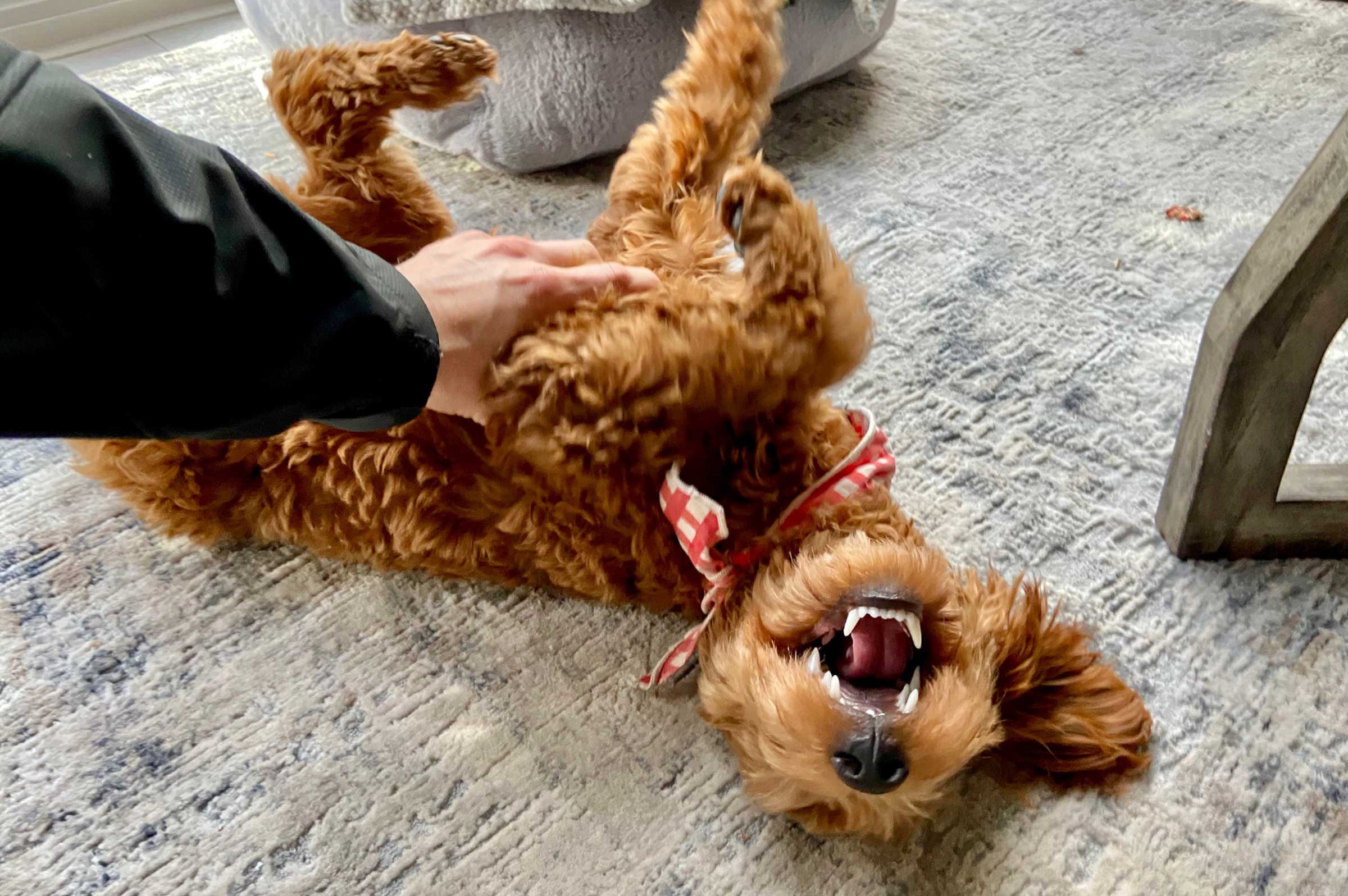Leash aggression is a common issue many dog owners face, where their normally friendly pet may lash out with aggressive behavior when restrained on a leash. This behavior can be alarming, but understanding its causes and implementing proper training techniques can help mitigate it. Here’s a detailed guide on how to handle dogs that exhibit leash aggression.
Identifying Leash Aggression
First, it’s important to recognize the signs of leash aggression:
- Barking: Excessive barking at other dogs or people.
- Lunging: Trying to move aggressively towards other dogs or people.
- Growling and Snapping: Making threatening noises or motions when approached.
These behaviors are typically triggered by the frustration of being restrained, fear, or a protective attitude over their space or owner.
Causes of Leash Aggression
Leash aggression in dogs is often rooted in a mix of frustration, fear, and lack of socialization. When leashed, some dogs feel restricted and become frustrated because they cannot interact as freely as they might off-leash, leading to aggressive displays such as barking or lunging. Fear is another key factor; a leashed dog may feel that their ability to escape from perceived threats is limited, prompting a defensive, aggressive response.
Additionally, inadequate socialization can contribute to leash aggression, as dogs that are not accustomed to a variety of environments, sounds, and beings may react with fear or aggression when confronted with unfamiliar or intimidating situations while constrained by a leash. Understanding these triggers is crucial for addressing and managing this behavior effectively.
Training Techniques to Manage Leash Aggression
Implementing consistent training techniques can significantly reduce leash aggression:
- Desensitization and Counterconditioning: Gradually expose your dog to the triggers of their aggression at a distance where they feel secure, and pair the presence of triggers with positive rewards to change their association.
- Controlled Socialization: Introduce your dog to other dogs and people in controlled settings to enhance their social skills.
- Focus Training: Teach your dog to focus on you with commands like ‘look’ or ‘watch me,’ especially when they are distracted or starting to show signs of aggression.
Equipment That Can Help
Using the right equipment can significantly aid in managing a dog's leash aggression. A sturdy, well-fitting harness is essential, as it distributes pressure more evenly across the dog's body compared to a neck collar, which can increase stress and aggression if the dog pulls. Head collars are another beneficial tool; they provide better control over the dog’s head, making it easier to direct their attention away from triggers and reduce pulling.
Some owners may also find slip leads useful, as they tighten slightly under tension, naturally cueing the dog to reduce pulling without causing significant discomfort. Additionally, using a double-ended leash can give better control by attaching one end to the harness and the other to a collar or head collar, allowing for gentle redirection and enhanced handling during walks. These tools, when used correctly and consistently, can help reduce incidents of leash aggression by improving control and communication during walks.
When to Seek Professional Help
If your dog’s leash aggression does not improve with home training, or if it escalates, consult a professional dog trainer or a behaviorist. Aggression can sometimes be linked to deeper anxiety or health issues that require professional intervention.
Conclusion: Safety and Patience
Dealing with leash aggression requires patience and consistency. It's important to keep your dog’s experiences positive and non-threatening. Always prioritize safety by keeping a secure grip on the leash in potentially triggering situations and consider muzzle training if necessary to prevent bites.
With the right approach, most dogs can overcome this challenging behavior, leading to more enjoyable walks and interactions. Pet Wellness Direct is here for you when you can’t ask your furry friends directly. Keep an eye out on our blog for the information you need to keep your pets healthy and happy. Always maintain your pet’s health and nutrition with proper food and quality supplements, like veterinary-strength supplements from VetSmart Formulas.
